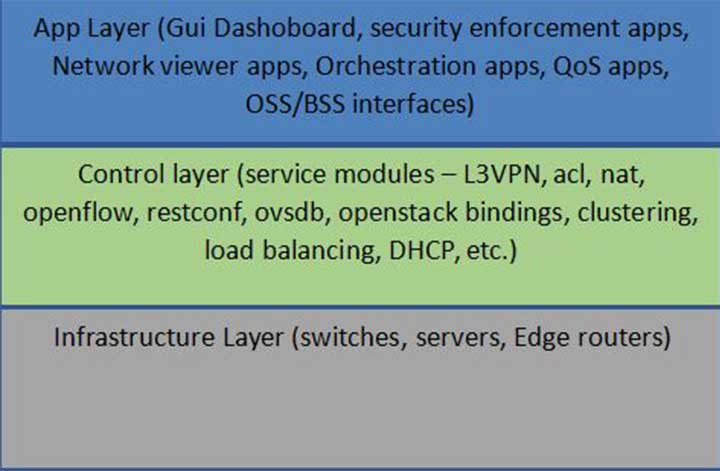

Tarun Thakur
4 Minutes read
SDN and NFV: Keys to Design, Deploy and Manage Networks
In networking industry, last few decades were challenging to grow the network worldwide and provide connectivity over the world. Major networking vendors developed and launched so many products of them and dominated the market with their own proprietary solution for specific use-cases. There was monopoly of vendors to buy their only products to implement complete solutions needed by Enterprises, Data centres. You could not have products of different vendors to work together to implement end-to-end solutions for networking use-cases.
Traditional networking involved so much manual effort to configure networking devices in the data centres which is not possible in current scenario of huge networks laid down in Enterprise and data centres.
Current network traffic in the world is increased exponentially due to so much 3G/4G mobile data traffic and so much east-to-west and north-to-south virtual network traffic of cloud data centres. Traditional network cannot handle such huge traffic in their legacy approach of managing networks. Traditional networking lacked the network virtualization, dynamic scaling of networks, automation, programming interfaces, quick experiment mechanisms, etc.
SDN as a technology is evolved to overcome the issues of traditional networking and provide long term sustainable and scalable solutions for network industry.
SDN approach fundamentally says to separate the control plane from data plane in the network elements to achieve loose coupling between hardware and software. It will lead to realize many big advantages like network virtualization, central management, network programmability, vendor neutrality, etc.
The brain or intelligence of network equipment i.e. network manager or network operating system is to be moved from forwarding plane and keep it as separate entity like SDN controllers to manage underlying network switches, routers, etc. To manage this separation between control and data plane, there was need of common channel of communication i.e. protocol to configure forwarding/security rules on network elements. Openflow was the protocol introduced to realize the SDN technology and implement SDN controllers and switches using Openflow protocol to achieve control plane separate from switch and keep inside controller. Openflow was adopted by networking industry and many products are built on it. Openflow virtual switch i.e. OVS is now standard virtual switch being used in server virtualization for connecting and providing networking among virtual machines, containers, namespaces.
Having SDN controller as central management solution, it helps to solve many problems of traditional networking like reduced manual configuration, quick troubleshooting, common dashboard to have complete network topology view and fast deployment of solutions/services in data centres.
SDN helped efficient utilization of network resources by achieving network virtualization, like virtualization realized in server/compute areas. Network virtualisation is the mechanism by which virtual network entities like switches, routers, servers, firewalls and many more, can be created through software for example cloud platforms like Openstack. SDN controller plays crucial role to manage networking part in the bigger picture of cloud solutions and provide mapping of virtual entities with the underlying physical network.

SDN and NFV are key drivers for the technology shift and transition in the cloud domains. NFV is the technology to virtualize major networking functions (like routers, CPE, firewall, load balancers, WAN optimizers, DNS servers, DPI, IDS/IPS, etc.) and run as a software in the virtual machines running in servers in the data centres who runs big cloud platforms. SDN and NFV technologies are not dependent on each other, but they quite complement each other to implement good solutions for real time networking use-cases.
SDN is driven by Open-source communities and their projects which are adopted by many companies and accepted by industry. For example, Opendaylight and ONOS are big open source projects that has implemented SDN controller which is taken by many network vendor companies as the base for their SDN products. There are big networking vendors like Ericsson, Cisco, Brocade, NEC, etc. who have contributed great features, services in these projects of SDN controllers.
SDN is the areas where open source communities, big networking-based companies, Enterprises are investing hugely and there is surely reason for it which is reduced CAPEX and OPEX which will help run their business with reduced cost, great flexibility and scalability.
References
Related Insights




How Generative AI is Transforming Project Risk Management

Death to Prompting! Long Live Programming!

